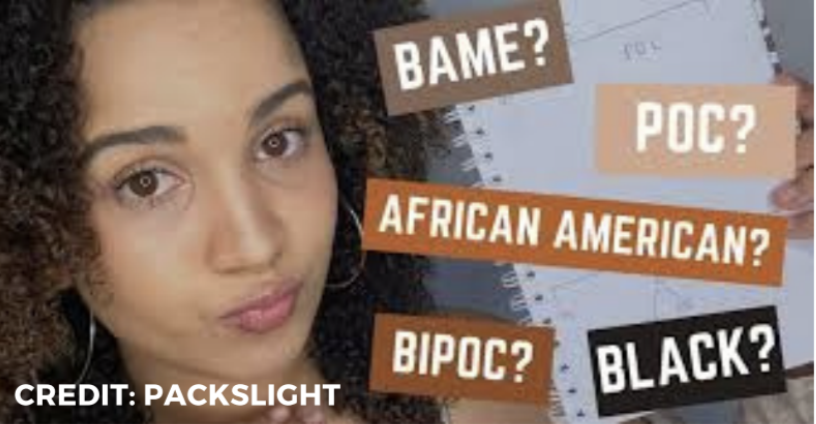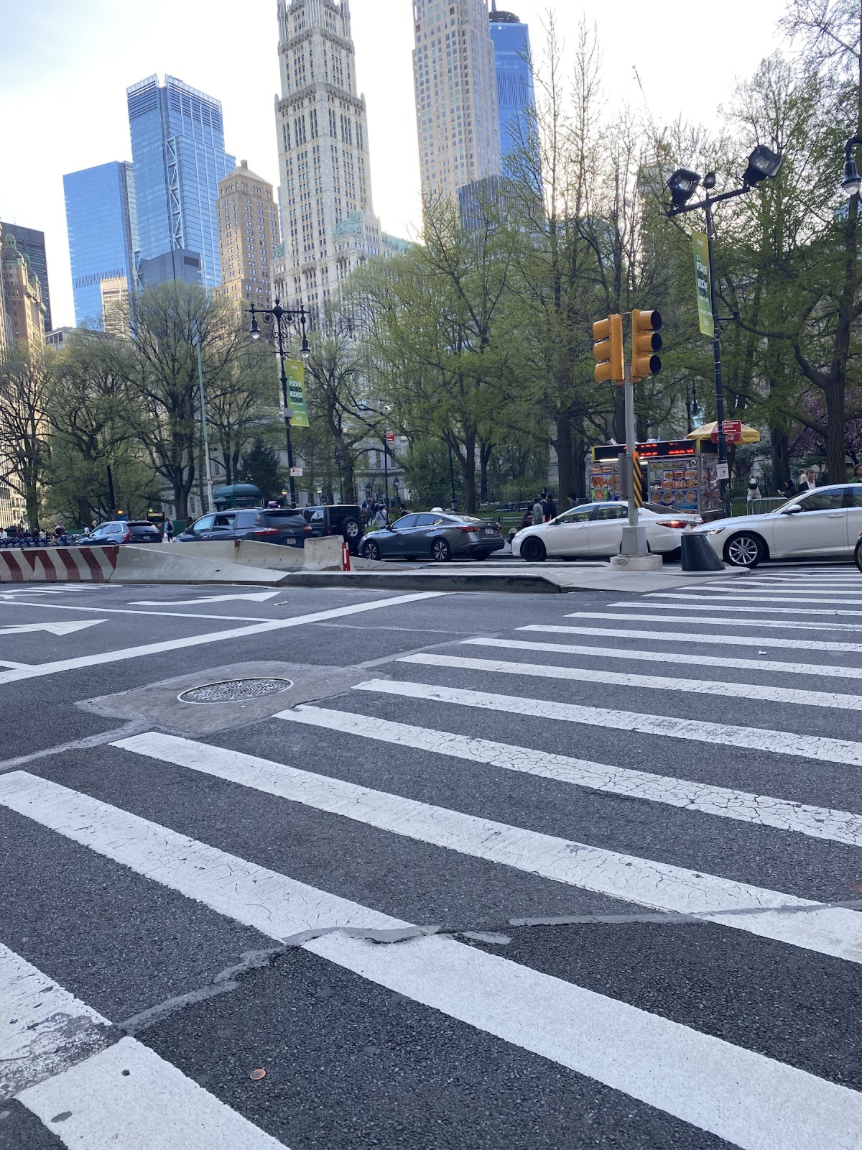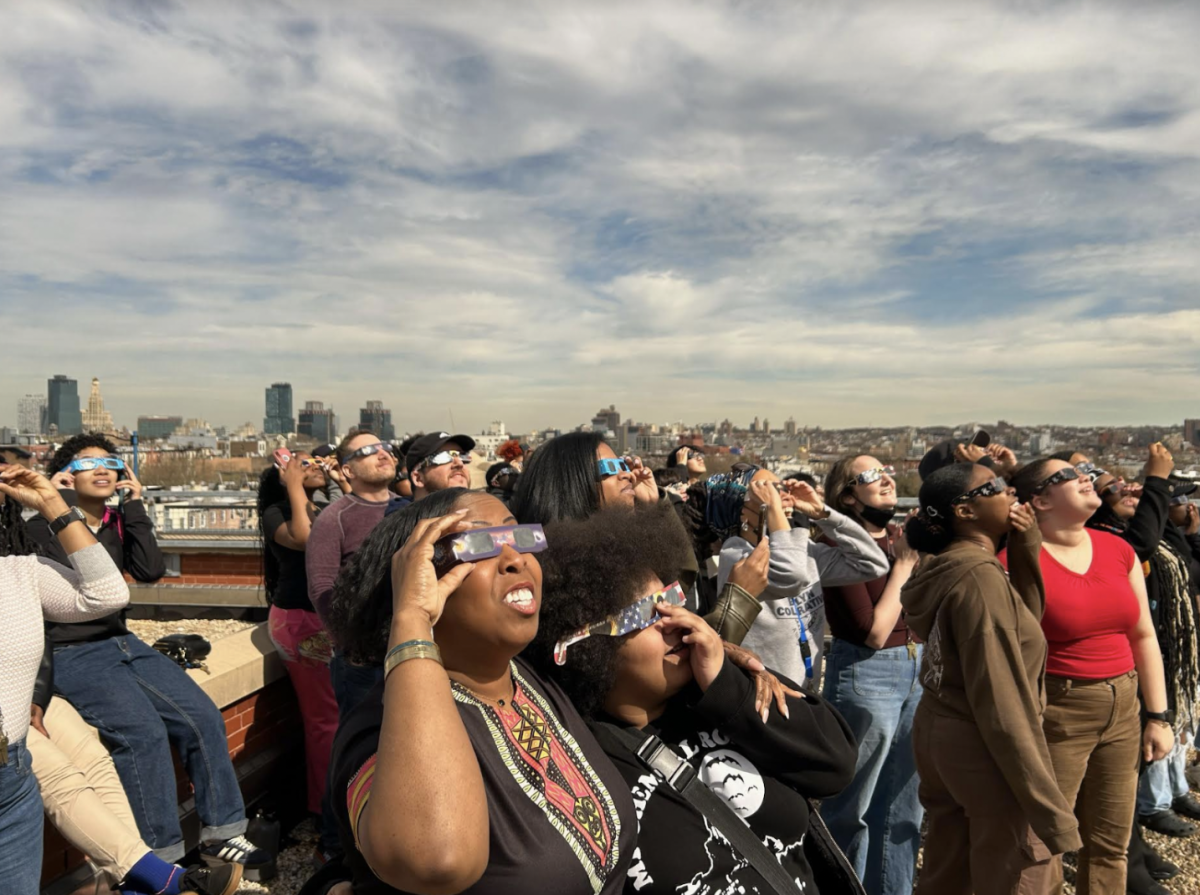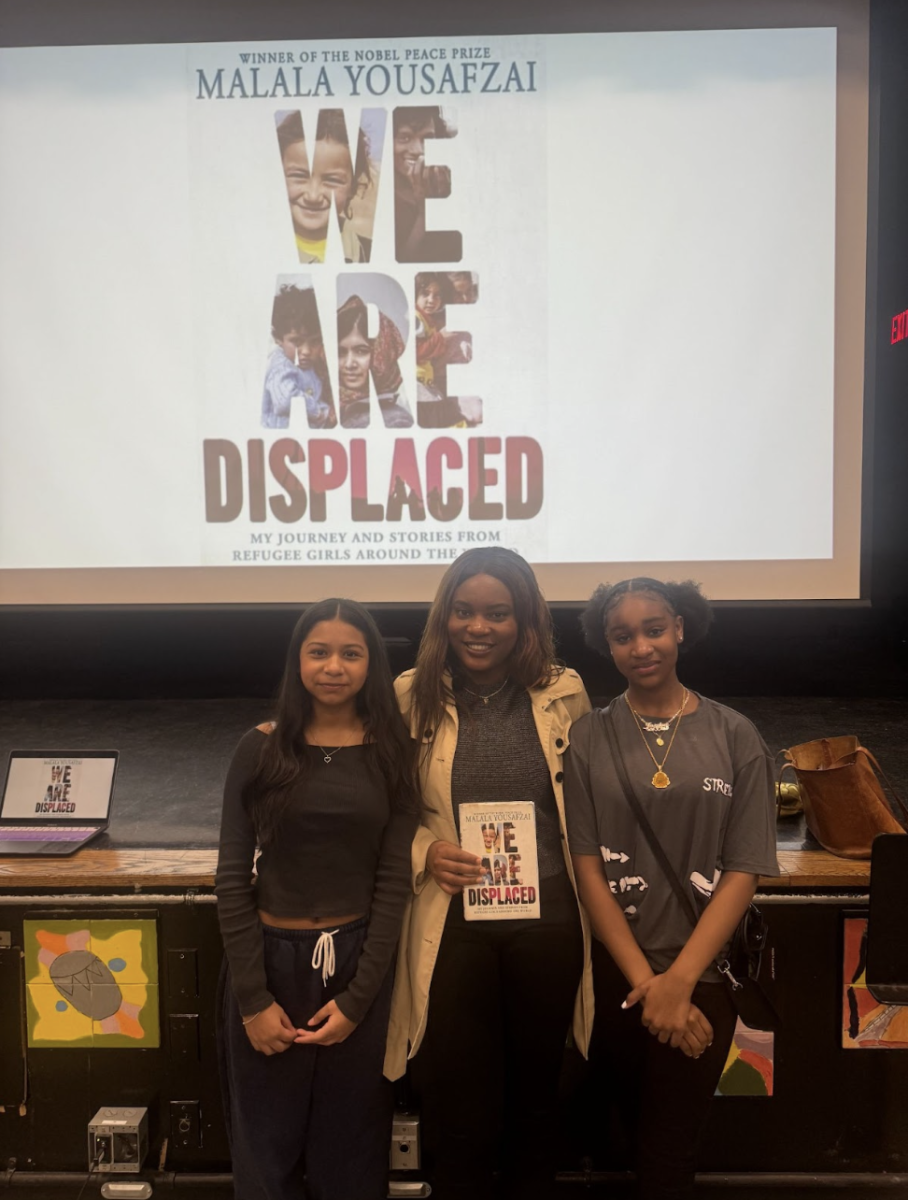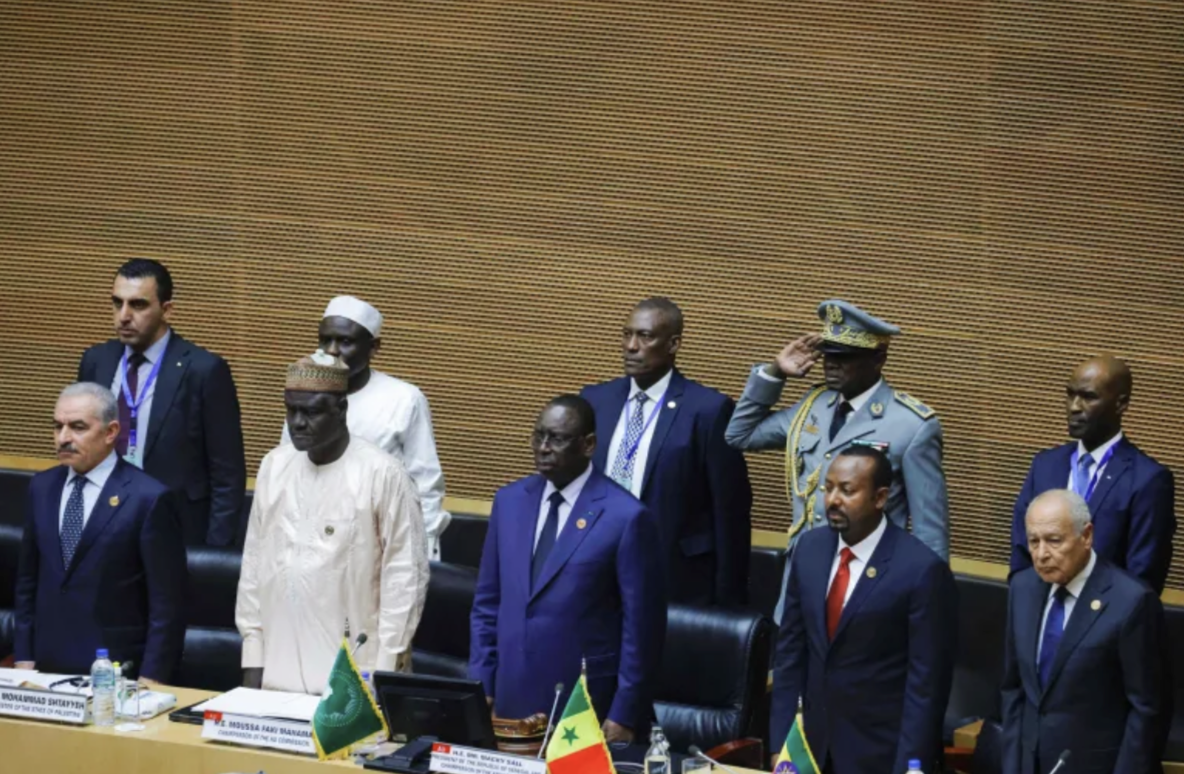In June, I spent most of my time on Twitter keeping up with the #Black Lives Matter hashtag. I let out a sigh of relief that the movement has made its way into our public consciousness and would lead to real changes being made for the Black community. Now that society is finally showing some interest in Black issues, such as police brutality and the overall exploitation of Black people, I feel compelled to speak out and weigh in. You may have seen the term “BIPOC”. If you are anything like I was a few months ago, you are probably wondering what “BIPOC” means and why it is trending. If so, let this serve as a guide.
BIPOC is an acronym that stands for “Black, Indigenous, and People of Color” and appeared first in a 2013 tweet. The addition of the two letters, B and I, were included to acknowledge the specific and unique experiences of Black and Indigenous people. “POC” stands for People of Color and is a more familiar term with a history that dates back to 1796 in the Oxford English Dictionary. People of Color has been used to describe anyone who isn’t white and to unite those who have been mistreated by white people. I’ve often heard People of Color used in my classes during discussions about racism in the United States. I’ve even used the term a few times.
So what’s wrong with the term People of Color? Simply stated—it’s too broad. Racism looks, feels, and sounds different in each community that is not white in the United States and impacts our communities in radically distinct ways. Sure, there are similarities and intersections in our experiences as communities who have been discriminated against, stereotyped and fetishized. However, issues like police brutality and colorism continue to disproportionately affect particular groups.
As a Black person living in America, I cringe whenever people blur the lines by making the argument that “we’re all people of color.” Let’s not get confused here. Just because we’ve all got some color in our skin doesn’t mean that our experiences in the United States are the same. Shiavon Chatman highlighted this in her article, “I Am Not A Person of Color, I’m Black,” when she wrote, “…I have never referred to myself as a person of color or a woman of color. In the last few years, these terms have popped up everywhere in an attempt to seem inclusive of everyone in the room that’s not white. And that’s just not fair. We don’t have shared experiences and we don’t see each other’s successes as a triumph in the right direction. It always annoyed me but I was truly fed up when I was sitting in my Black political thought class and a girl was presenting her PowerPoint about abolitionist David Walker. In the presentation she said verbatim, ‘When the people of color were taken, they were put on slave ships and brought to America.’ I’m sorry, but I don’t recall people of color taking that long trip on the Transatlantic slave route and being enslaved for over 400 years…” (Chatman, 2020).
The Black experience is a unique one with a specific historical touchstone in American history. That’s why it is important that we differentiate our experiences from the more general issues of people of color. Blanket terms cannot be used when discussing racism in this country. The use of the acronym “BIPOC” is a step in the right direction. This Black History Month, do us a solid and add it to your vocabulary.
